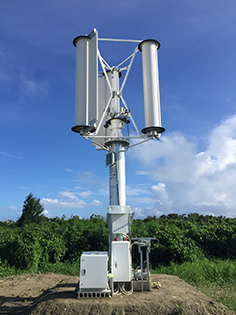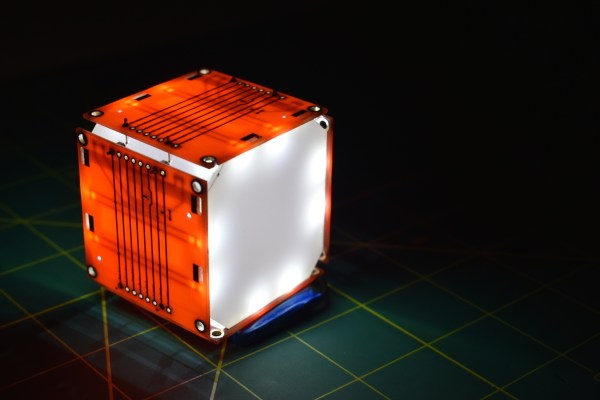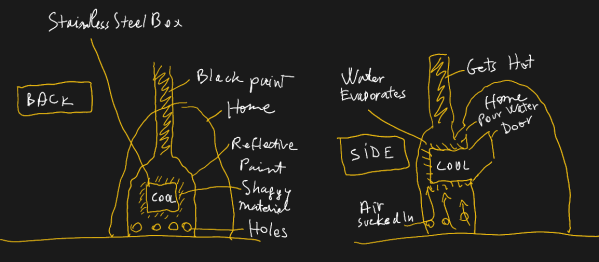It’s really beginning to feel as though the problem of climate change is a huge boulder rolling down a steep hill, and we have the Sisyphean task of trying to reverse it. While we definitely need to switch as much of the planet over to clean, green energy as soon as possible, the deployment should be strategic. You know, solar panels in sunny places, and wind turbines in windy places. And for the most part, we’re already doing that.

In the meantime, there are also natural disasters to deal with, some of which are worsened by climate change. Eastern and Southeast Asian countries are frequently under the threat of typhoons that bring strong, turbulent winds with them. Once the storms pass, they leave large swaths of lengthy power outages in their wake.
Studies have shown that these storms are gaining strength over the years, leading to more frequent disruption of existing power systems in those areas. Wind power is the ideal solution where storms have come through and knocked out traditional power delivery all over a region. As long as the turbines themselves can stand up to the challenge, they can be used to power micro-grids when other delivery is knocked out.
Bring On the Typhoons?
Unfortunately, the conventional three-bladed wind turbines you see dotting the plains can’t stand up to the awesome power of typhoons. But vertical axis wind turbines can. Though they have been around for many years, they may have finally found their niche.
A Japanese startup called Challenergy wants to face the challenge of typhoons head on. They’ve built a vertical axis wind turbine that’s built to not only to withstand typhoon-level winds, it’s designed to make the most of them. Instead of horizontally-situated blades arranged like spokes or flower petals, these turbines have vertical cylinders that collect wind by harnessing the Magnus effect.
Continue reading “Typhoon-Tough Turbines Withstand Wild Winds”




















